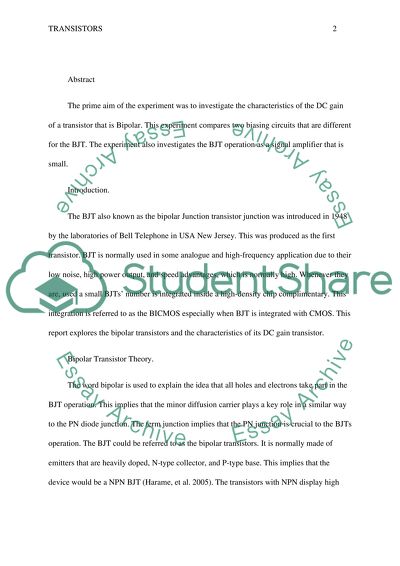Retrieved from https://studentshare.org/engineering-and-construction/1607241-electrical-electronic-principles-lap-report-in-transistor
https://studentshare.org/engineering-and-construction/1607241-electrical-electronic-principles-lap-report-in-transistor.


